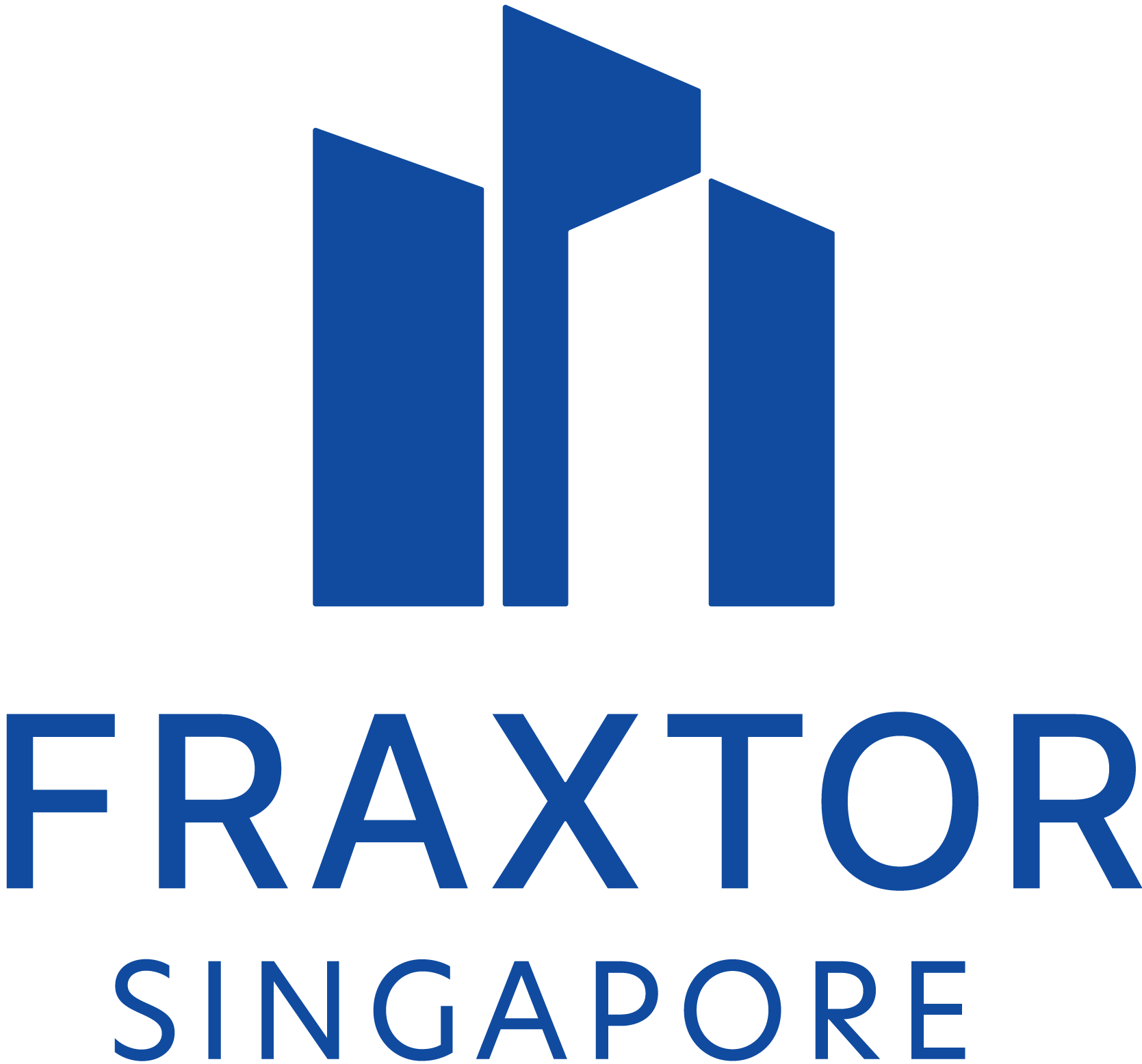
Ask Me Anything with Oliver and Marcelo (Part 2)


How Secure is Blockchain?
Oliver:
Blockchain technology, which underpins most cryptocurrency systems, prevents any type of digital money from being duplicated or destroyed. Blockchains are secured by a variety of mechanisms, including advanced cryptographic techniques and mathematical behavioural and decision models. A 100% secure blockchain is designed to be immutable, tamperproof and democratic.bl
Blockchain technology is able to manage data that cannot be altered in any way. The high level of security of distributed accounting systems offers the advantage of a secure data network. But the traditional approach to blockchains has motivated many blockchain development companies to redesign and reformulate, owing to security concerns.
Public key cryptography serves as the base security of the blockchain network and ensuring the security of blockchain transactions by the creation, use and storage of crypto keys is of paramount importance. Cryptography is used to sign smart contracts, verify their origin, secure data stored on the network, and ensure the confidentiality of transactions. Therefore, securing cryptokeys is crucial. Blockchain security can be compromised if security problems with third-party digital wallets, key storage systems, stolen personal data, or digital signature programs are used at real touchpoints to initiate smart contracts.
Blockchain is one of the most secure data security technologies today, but it would be foolish to take its security for granted. As blockchain technology advances, so do its vulnerabilities, and it is only a matter of time before hackers find a way to break through blockchain networks. To prevent malicious cyber attacks, it is imperative that organizations secure their blockchains by beginning to implement strong authentication, cryptography, and key vault mechanisms.
Marcelo:
Authentication (proving who you are) and authorisation (giving you the right access to a system) are often challenging areas for computer systems. Usernames and passwords have long been known to be weak and vulnerable ways to authenticate and authorise users. Blockchains do away with these and instead utilise cryptography as its “user system”. Without going into technical details, a private/public key cryptographic scheme is a much stronger security mechanism whereby public keys function as the “user name” and private keys as the “password”.
It is therefore impossible in a blockchain system for someone to impersonate a third-party account and take possession of their blockchain assets (unless they gain access to their private key). It is often said that in traditional systems security is enforced at the centre (i.e. the centralised software) whereas in blockchain systems security is enforced at the perimeter (i.e. the user). It is therefore paramount for blockchain users to have a good grasp of best practices to keep their private keys safe. This is arguably a challenge in the mass adoption of blockchain, and it is a topic that has received significant focus over the years as companies try to come up with novel ways to improve the blockchain user experience without compromising on security.
What is tokenisation?
Oliver:
The term tokenisation has often been used to mean the breaking up of the ownership of something large into smaller digital units of value or tokens. These tokens can then be sold or exchanged. Using blockchain technology helps create trust in this digital infrastructure through data immutability and transactional transparency.
Storing transactions on a blockchain is more transparent and secure than storing traditional digital or paper records. In simple terms, transactions on the blockchain are open for anyone to audit, and cannot be changed. Hence compared to traditional paper share certificates, tokenisation can be a more secure way in which we can assign ownership or conduct transactions.
Fraxtor is involved in the use case of tokenising real estate assets. This means that we can allocate value to digital tokens and transfer these to investors or allow investors to trade these tokens amongst themselves.
Marcelo:
Through the usage of smart contracts, blockchains can create units of accounting called “tokens”. These tokens exist in a decentralised database and their ownership can be tracked on a public blockchain system. Akin to shares in an SPV (Special Purpose Vehicle), tokens can be used to represent ownership in an asset, which is a process referred to as “asset tokenisation”.
Tokenising an asset can create liquidity for traditionally illiquid assets, it can significantly reduce operating costs and it can also make the asset much more accessible to a much wider range of investors. By purchasing tokens in an asset, investors can acquire smaller fractions of assets that otherwise would be too expensive for them to purchase as a whole.
Why and how does Fraxtor use blockchain? Is it useful?
Oliver:
Blockchain is a digitized register that decentralizes access and increases trust in a single, unchanging source of truth. This attribute allows issuers to create digital tokens on the blockchain which can represent fractional tokens in real estate wrapped in a digital Special Purpose Vehicle. These fractional tokens can be in the form of shares, debentures, unit trust, or units in a partnership or collective investment scheme. These digital tokens are not held by a custodian or intermediary but are held in a cryptographic wallet controlled fully by the investor.
Blockchain technology is definitely useful as it has the potential to replace third-party intermediaries currently serving the real estate industry. It can be used to reduce intermediaries in real estate transaction processes and reduce costs. It can also help to codify the practice of partial ownership of real estate.
Investors on the Fraxtor platform can participate in real estate investment projects by purchasing digital tokens called Frax. Each real estate investment will have its own distinct Frax, representing an interest in that particular investment.
Marcelo:
When real estate crowdfunding emerged about a decade ago, it was an innovative approach to investing in real estate that suited retail investors who could not afford to buy whole properties due to their reduced available capital. Through these crowdfunding platforms, they could allocate a few thousand dollars into a number of different properties and that way build a property portfolio. It was truly something that brought real estate investments into the masses.
However, crowdfunding platforms suffer from three main problems.
- Fragmentation: there is no simple way to keep track of investments across several platforms, and investments are not portable across platforms.
- Lack of liquidity: secondary market activity is either non-existant or very illiquid. Blockchain tokens benefit from liquidity aggregation across every platform in the ecosystem.
- Poor transparency/security: tracking of investments in centralised and dependent on a single company, meaning that the risk of fraud, internal error or cybersecurity attacks is very high. Ownership of assets cannot be easily verified by investors, and therefore whatever the web interface shows must be trusted. Ownership of blockchain tokens can be verified and validated in real time by using any of the open source tools available in the crypto ecosystem. Because transactions are protected by cryptography and a decentralised network, no single entity or group of entities has the power to fudge data and alter ownership.
Blockchain technology fixes these issues.
Fraxtor uses blockchain technology to not just fractionalise investments, it tokenises them. Representing fractions of real estate investments means that these tokens can be easily traded with other participants in a secure and efficient way, even across platforms. Blockchain tokens are compliant with standards that are widely supported across the crypto ecosystem. So, investing through Fraxtor means that portfolios of fractional real estate can be transported across platforms, easily tracked using any crypto wallet, and also traded with other participants without the need for an intermediary.
Click here for Part 1.
If you have any other queries, find out more in our FAQ section.
Do check out our blog for more Real Estate content.
Sign up to our newsletter
Sign up for our newsletter to stay in touch with global real estate news and opportunities!
By signing up, you acknowledge that you have read and agreed to our privacy policy.

